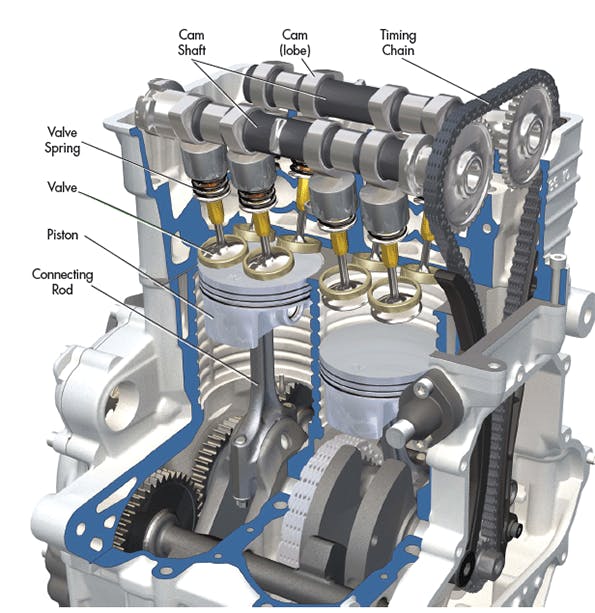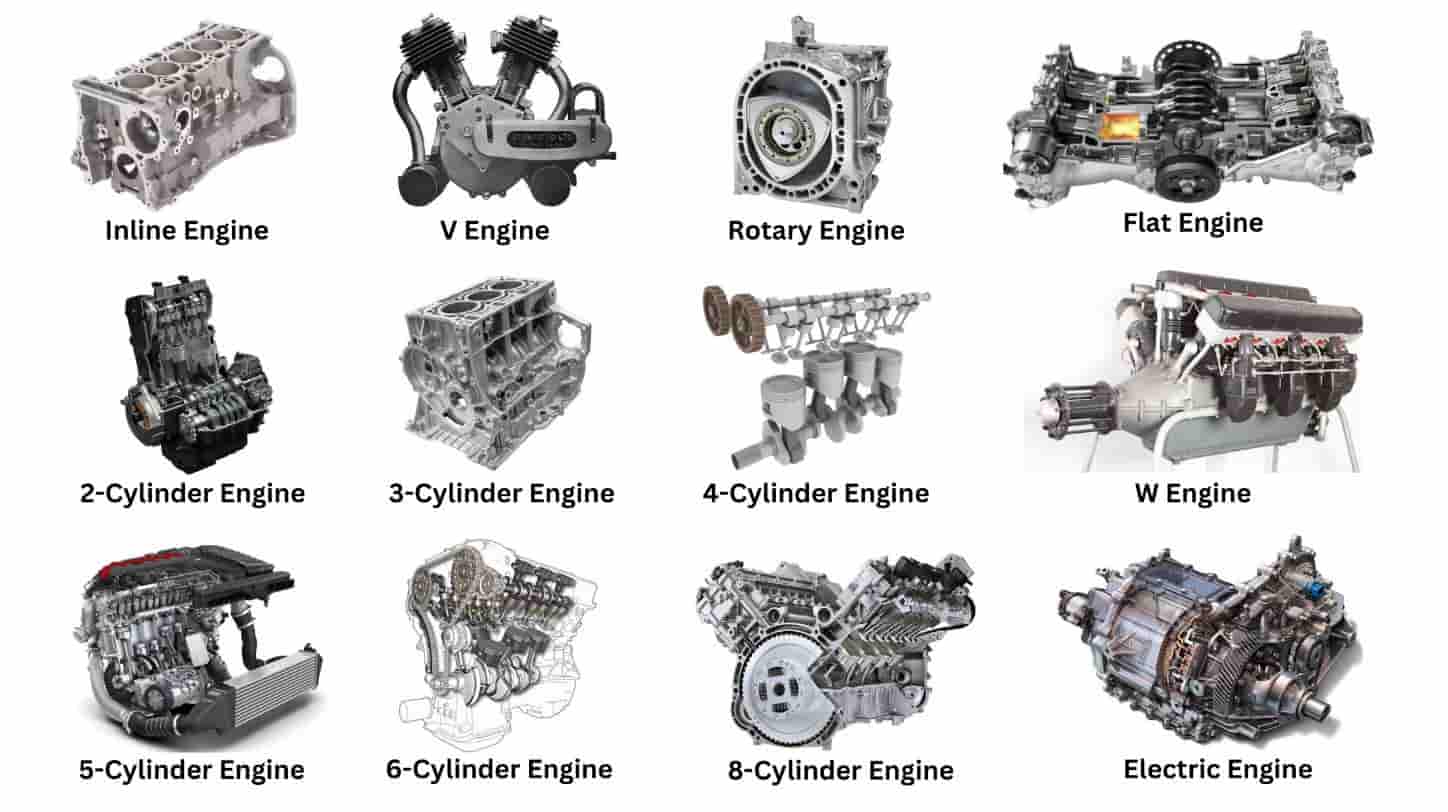The Quest for Ultimate Driving Power: Checking Out the Peak of Engine Efficiency and Technological Advancements in the Automotive Field
In the world of auto engineering, the quest of optimum driving power has been a ruthless quest that has unfolded through the development of engine layout and the combination of sophisticated technologies. From the precise workmanship of combustion engines to the rapid advancements in electrical propulsion systems, the vehicle market stands at the cusp of a new era characterized by unprecedented performance abilities.
Evolution of Engine Design

In addition, the assimilation of turbocharging and turbo charging innovations has actually reinvented engine style by boosting power without substantially boosting engine dimension. These forced induction systems press the consumption air, enabling more fuel to be combusted, consequently producing better power outcome from a smaller sized engine. This improvement has been specifically critical in enhancing the performance of smaller sized displacement engines while keeping fuel effectiveness requirements.

Performance-Enhancing Fuel Technologies
The implementation of innovative gas innovations has dramatically contributed to boosting engine performance in modern-day lorries. Biofuels, acquired from renewable sources like sugarcane, corn, or algae, offer boosted and minimized emissions engine effectiveness. Furthermore, fuel additives and detergents are being formulated to tidy engine components, optimize combustion, and minimize rubbing, thereby enhancing general car performance.
Advancements in Electric Propulsion
Substantial strides in electrical propulsion technology have revolutionized the automotive market, leading the way for a new era of lasting and reliable transportation. Electric vehicles (EVs) are gaining appeal due to their environmental benefits and developments in battery modern technology, enabling longer driving varieties and much shorter billing times. Manufacturers are spending heavily in r & d to boost the performance of electric propulsion systems, concentrating on enhancing power result, enhancing energy efficiency, and minimizing overall weight.
One noteworthy innovation in electrical propulsion is the growth of advanced electric motors that deliver greater torque and power thickness, leading to enhanced velocity and total driving efficiency. In addition, regenerative braking systems have actually been fine-tuned to capture and keep power during slowdown, further increasing the effectiveness of EVs.
In addition, the integration of wise technologies, such as expert system and anticipating analytics, is maximizing the administration of electric propulsion systems, guaranteeing optimum efficiency under numerous driving problems. These developments in electrical propulsion are improving the automobile landscape, driving the industry towards an extra lasting and amazed future.
Impact of Computational Fluid Dynamics
With advancements in electrical propulsion pressing the boundaries of automotive technology, the integration of Computational Fluid Dynamics is playing a crucial role in optimizing wind resistant efficiency and improving general efficiency in lorry design. Computational Liquid Characteristics (CFD) involves making use of computer simulations to examine the flow of air around a vehicle, making it possible for designers to forecast exactly how style modifications will impact aerodynamics without the requirement for pricey physical prototypes. By properly modeling air movement useful content patterns, CFD enables the refinement of vehicle forms to decrease drag, enhance air conditioning, and boost stability.
One trick benefit of making use of CFD in automobile design is the capacity to iterate rapidly, discovering various layout variations to identify one of the most aerodynamically efficient options. This repetitive process results in lorries that are not only sleeker and more visually attractive yet likewise more fuel-efficient and environmentally friendly. CFD enables engineers to enhance air flow around parts such as radiators, engine bays, and wheel wells, adding to boosted performance and general driving experience. Finally, the integration of Computational Liquid Characteristics represents a substantial advance in the pursuit for supreme driving power and efficiency in the automobile industry.
Future Trends in Engine Technology
In the vibrant landscape of auto design, cutting-edge innovations are shaping the future trajectory of engine innovation. The future of engine layout is marked by a strong focus on performance, performance, and sustainability. Suppliers are progressively focusing on creating engines that not just supply high power outcomes yet likewise focus on environmental obligation by lowering emissions and boosting fuel effectiveness.
One popular pattern in engine development is the surge of electrification. Crossbreed and electrical powertrains are gaining grip as viable options to typical combustion engines. These modern technologies use the capacity for substantial decreases her comment is here in carbon emissions and increased energy effectiveness, straightening with worldwide initiatives to combat official statement environment change.
In addition, innovations in materials scientific research and manufacturing techniques are allowing the production of lighter and much more durable engine parts. This shift in the direction of lightweight products such as carbon fiber and aluminum alloys adds to improved performance and gas economic situation.
Verdict
In verdict, the search of utmost driving power in the vehicle market remains to drive developments in engine style, fuel technologies, electric propulsion, and computational fluid dynamics. The advancement of these technologies is shaping the future of engine development, paving the way for a lot more powerful and effective vehicles (engines for africa). As the sector remains to push the borders of what is feasible, we can expect to see a lot more innovative developments in the pursuit for peak efficiency
One of the key milestones in engine layout development is the change from typical carbureted engines to modern-day fuel-injected systems. By exactly metering the fuel delivery to each cyndrical tube, fuel-injected engines enhance combustion, resulting in far better efficiency and decreased ecological influence.
Moreover, the assimilation of turbocharging and turbo charging modern technologies has revolutionized engine design by improving power without considerably enhancing engine size (engines for africa).The execution of innovative fuel modern technologies has dramatically contributed to boosting engine performance in modern automobiles. Additionally, gas additives and cleaning agents are being created to tidy engine parts, optimize burning, and reduce friction, thus enhancing overall car efficiency
Comments on “Engines for Africa Available Currently! See Our Trusted Vehicle Parts Shop”